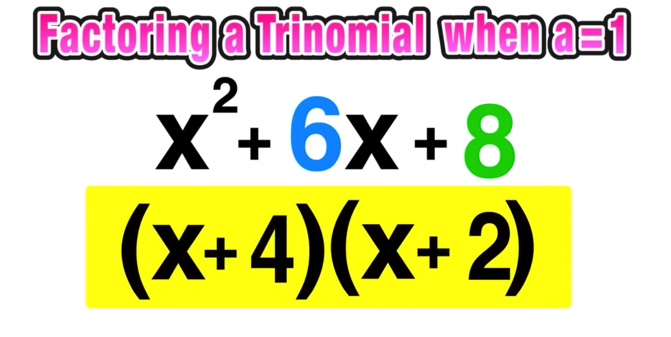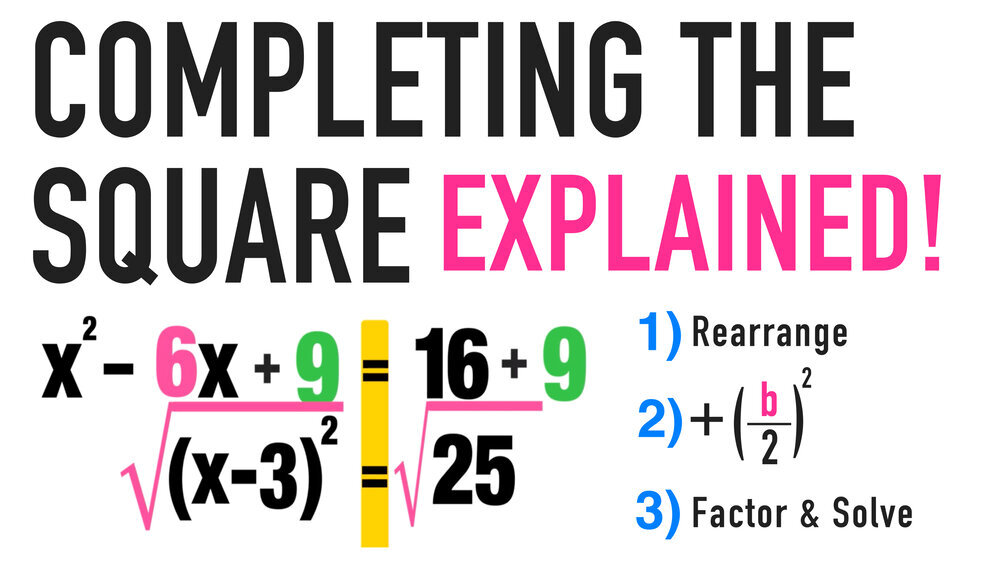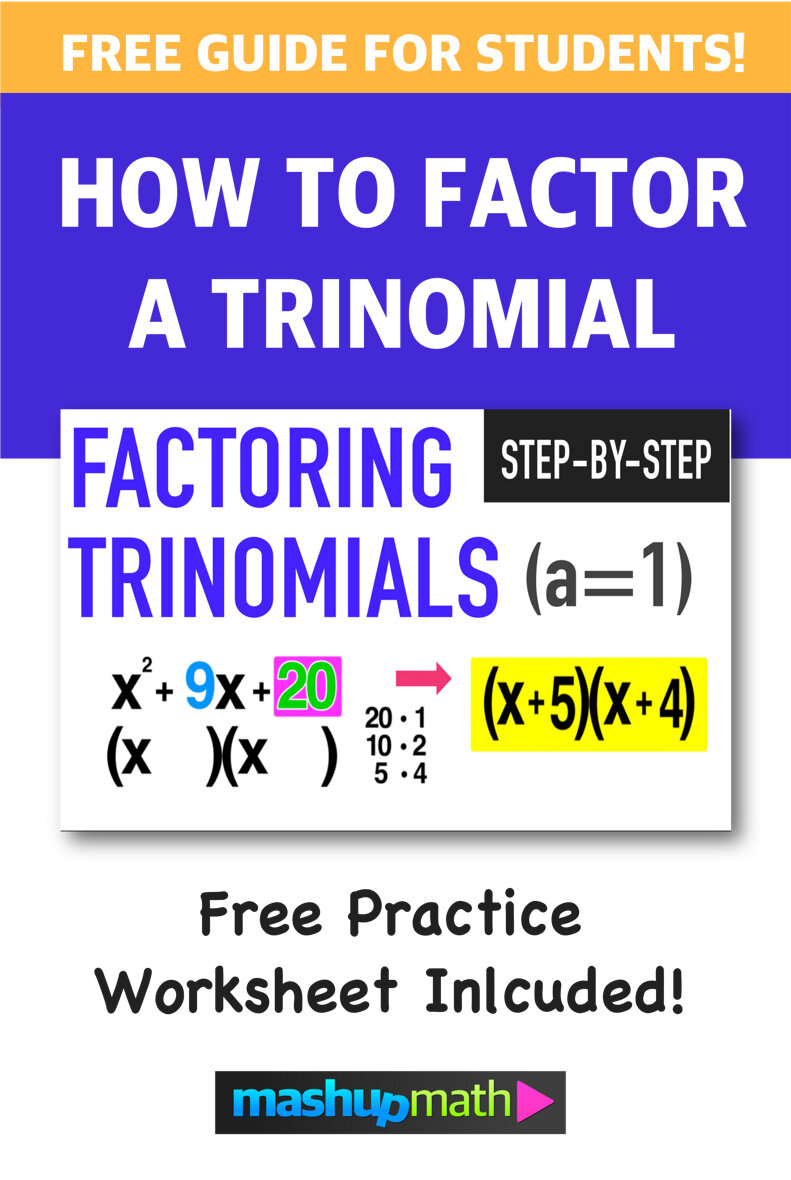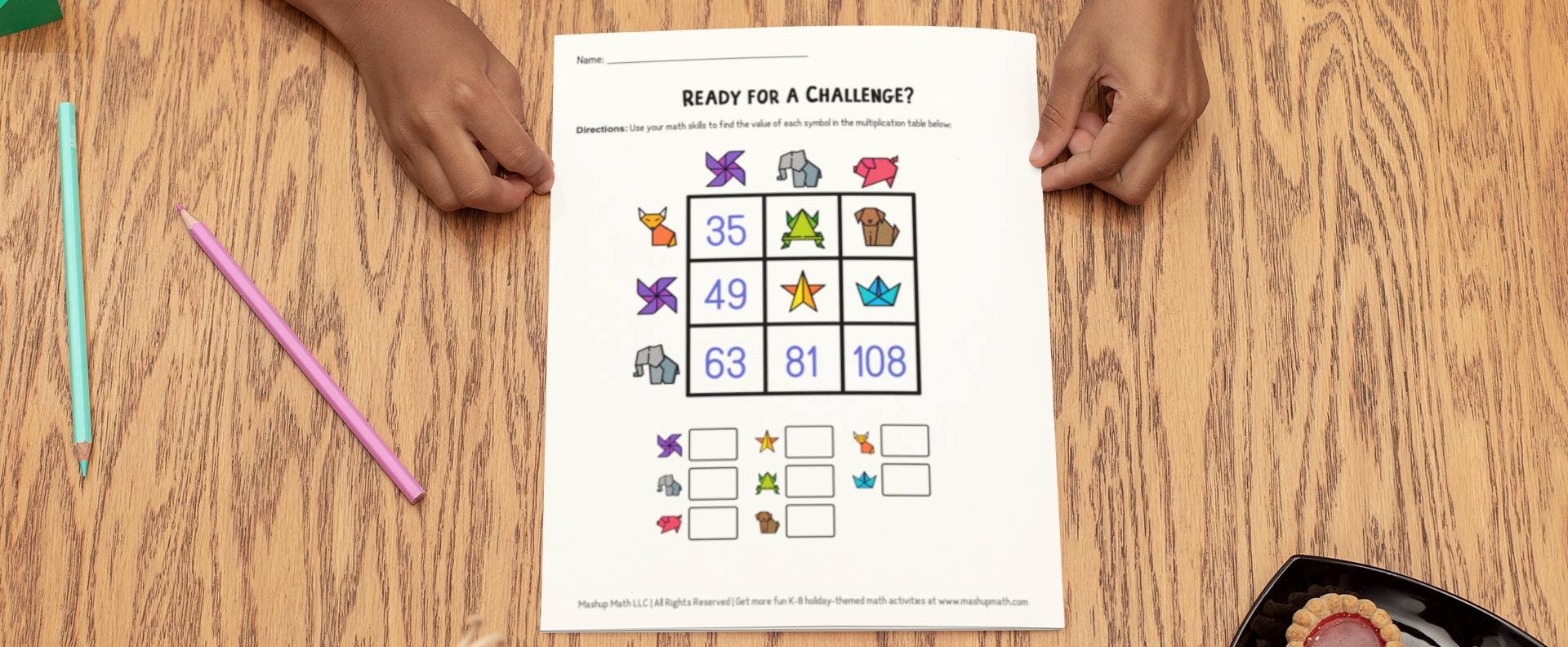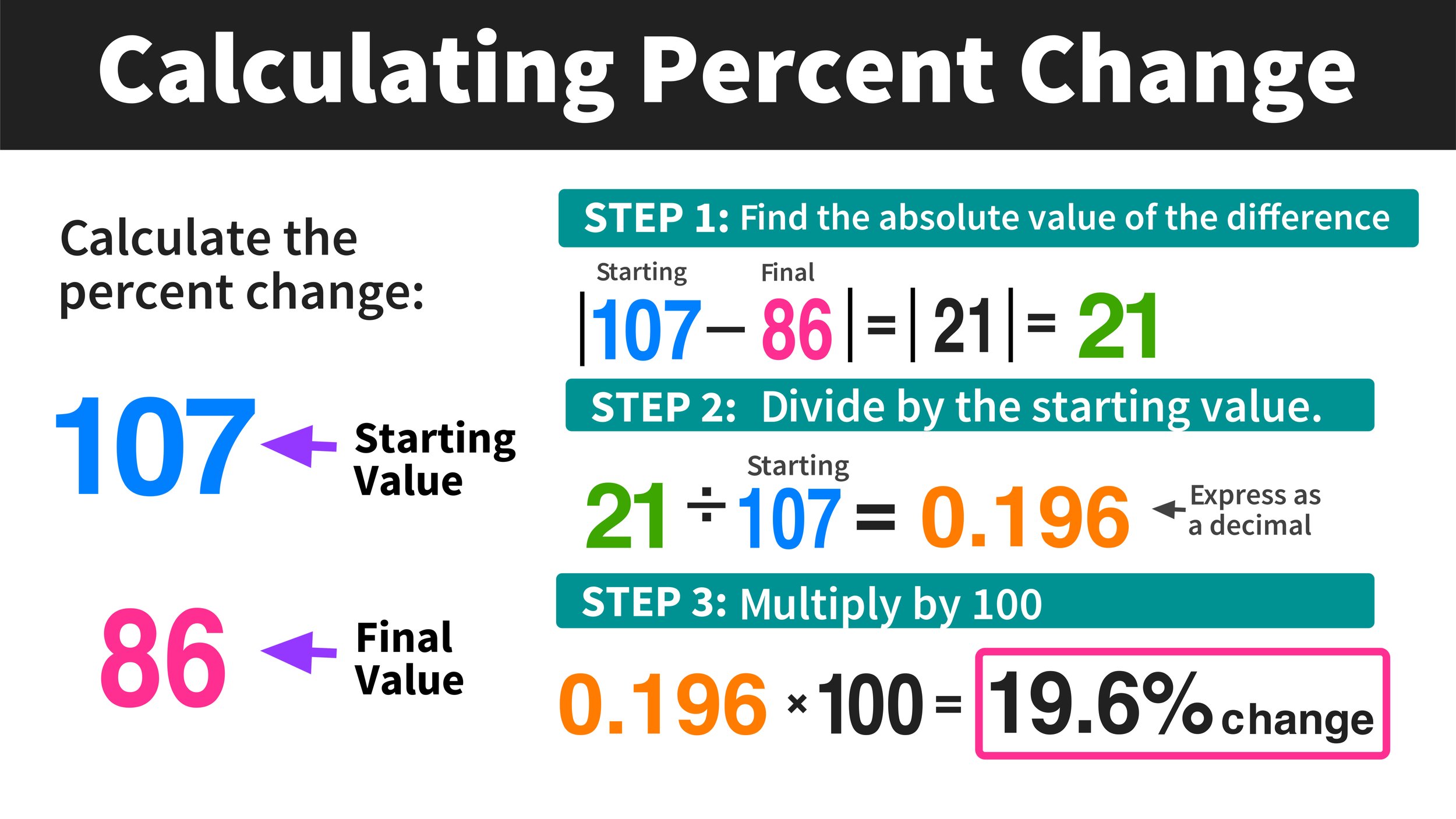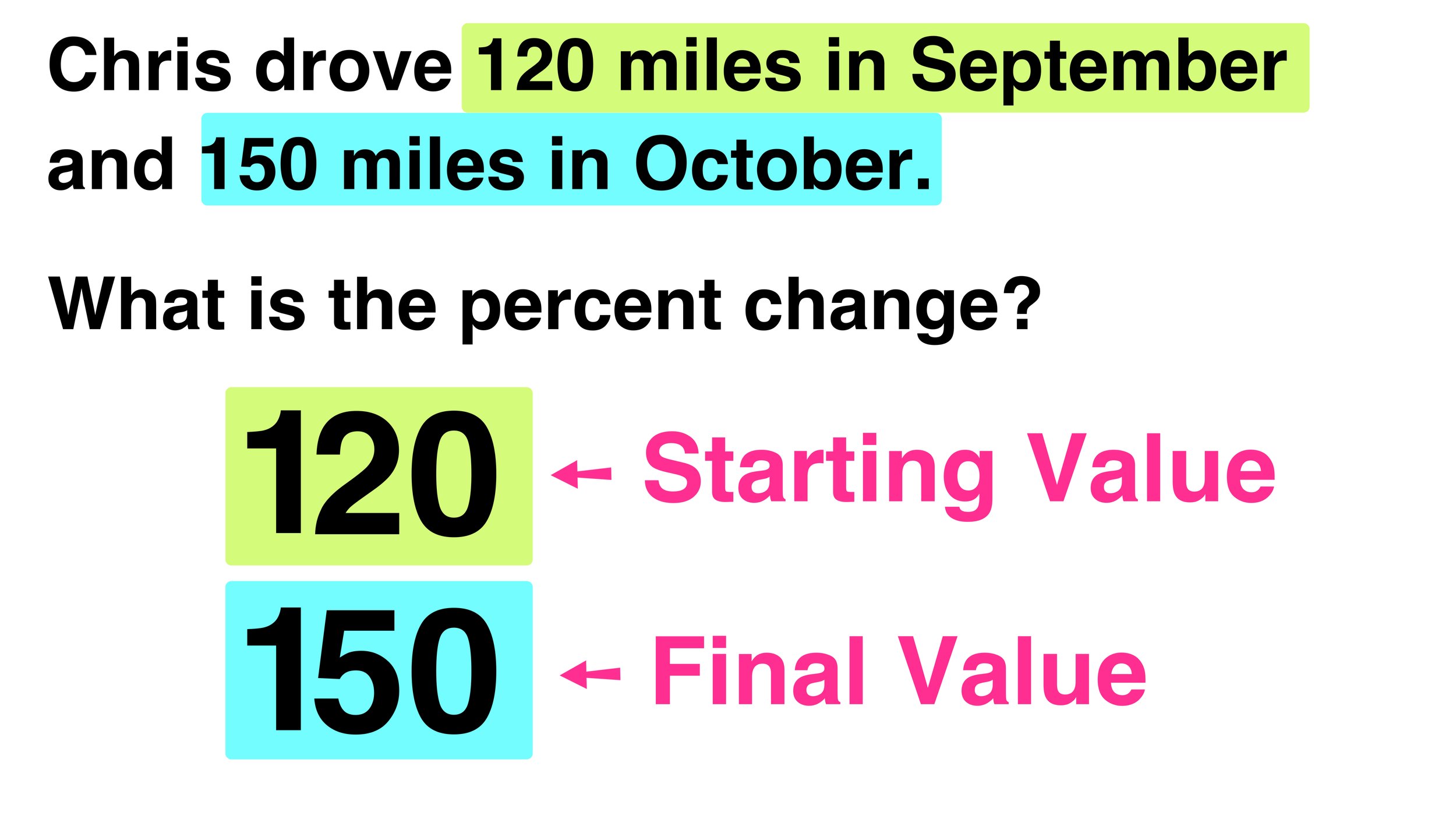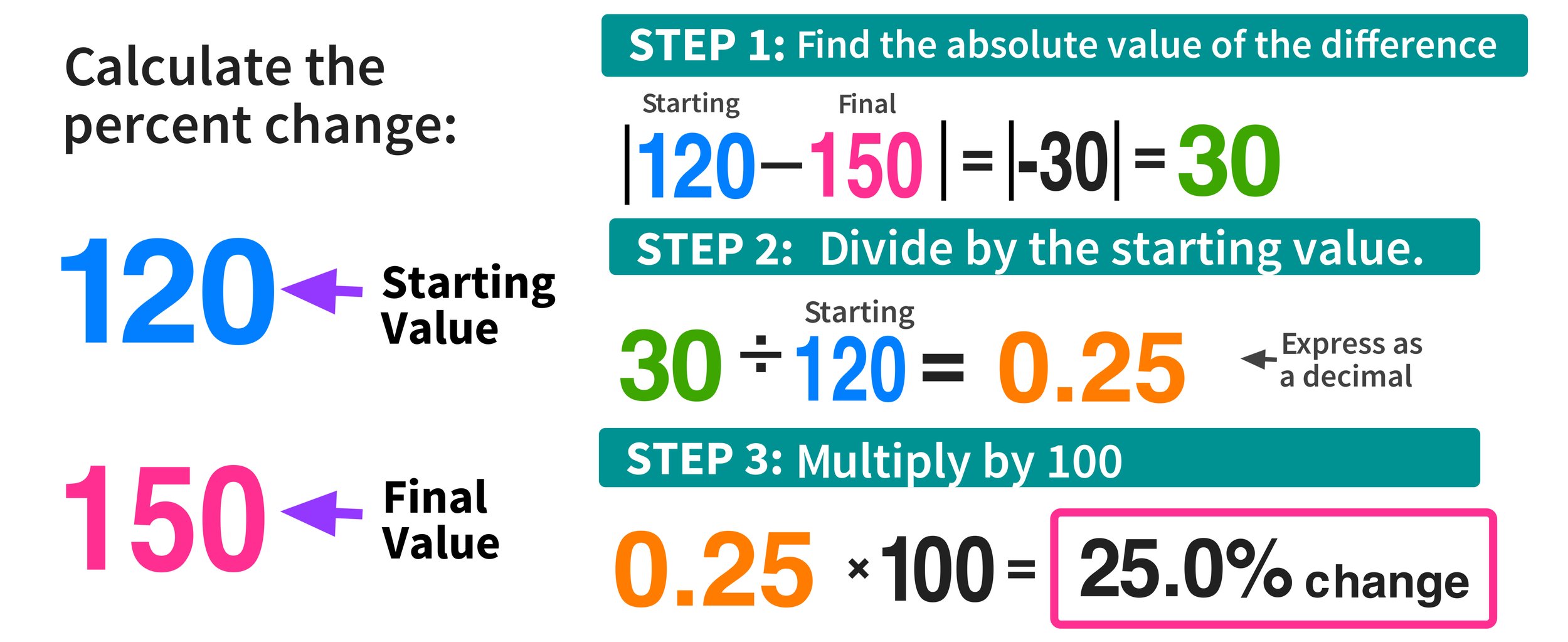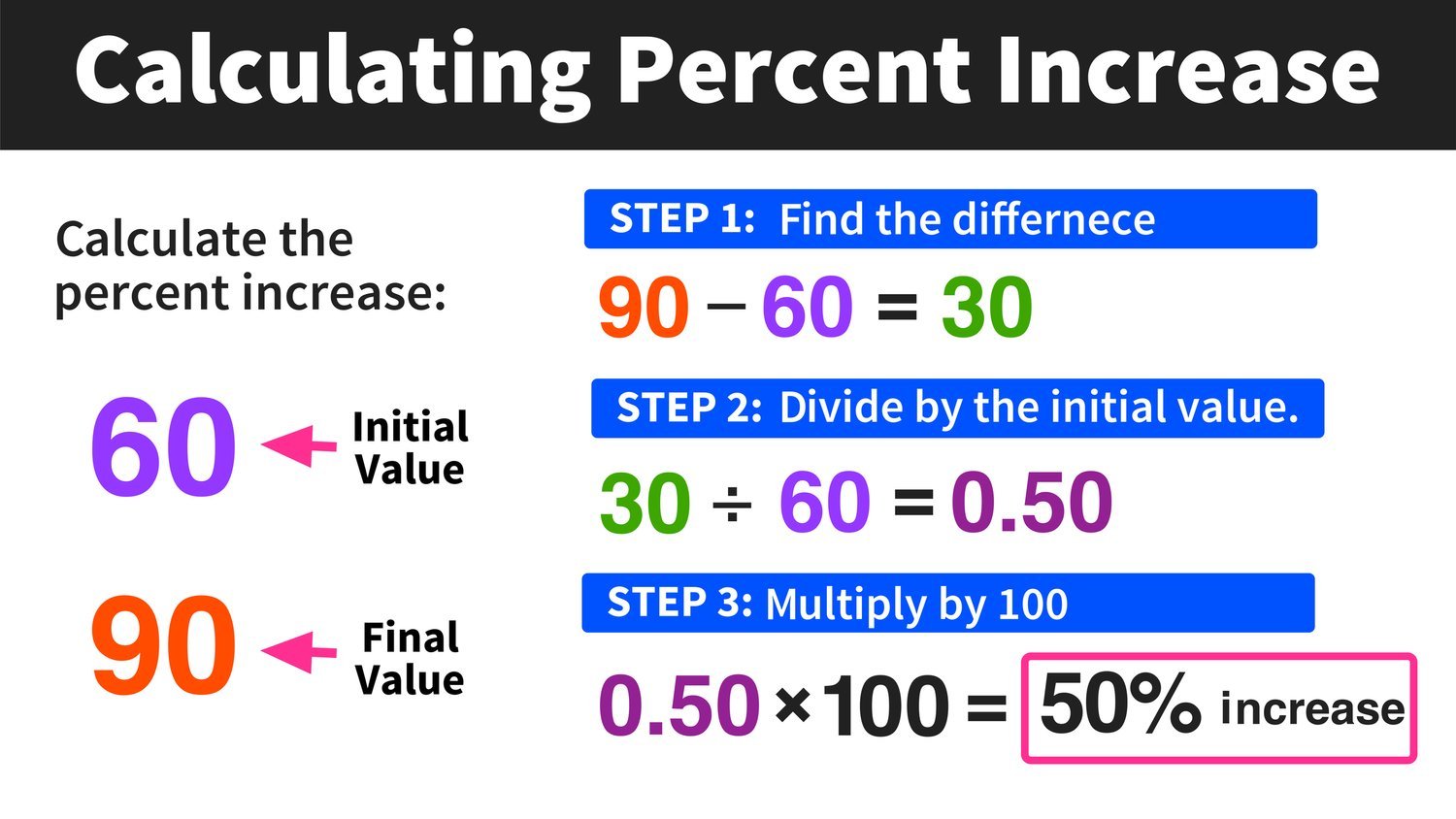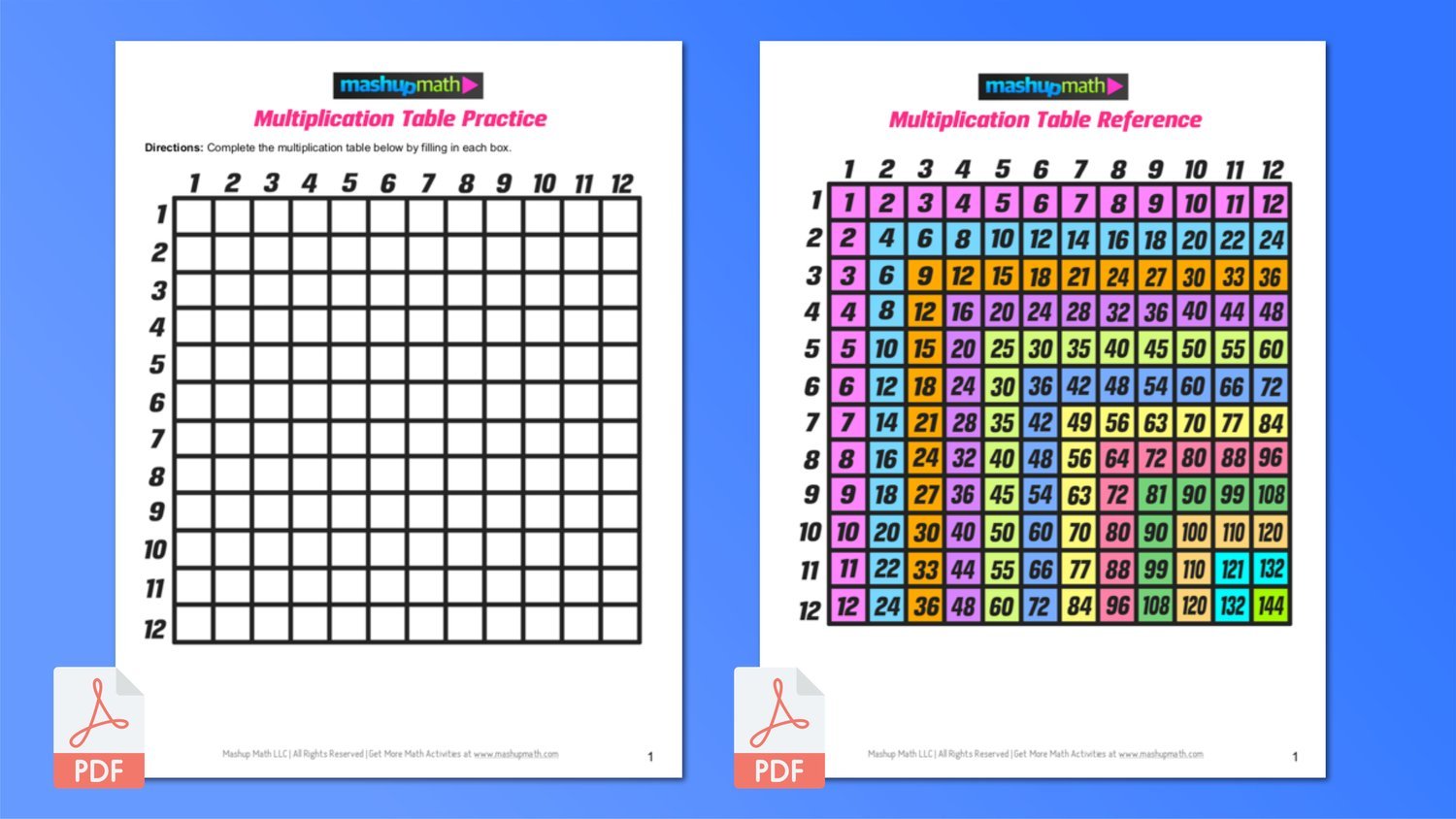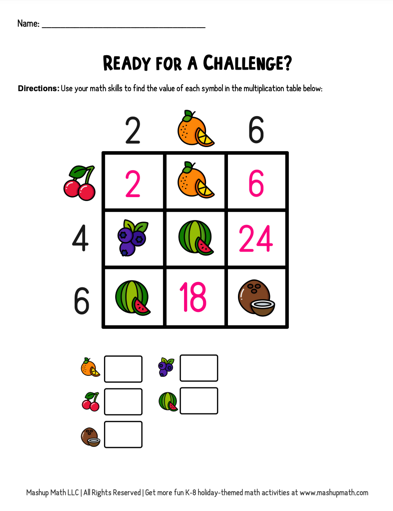How to Factor a Trinomial in 3 Easy Steps
Learning how to factor a trinomial is an extremely important and useful algebra skill, but factoring trinomials can also be very tricky.
This free How to Factor a Trinomial step-by-step guide will teach you how to factor a trinomial when a=1 and when a does not equal one (more on what a refers to later) using a simple three-step process.
Before you learn how to factor a trinomial, let’s do a quick review of some very important vocabulary and definitions related to trinomials.
Trinomial Definition
A trinomial is a polynomial that has three terms. The first time is an x^2 term, the second term is an x term, and the third term is a constant (just a number).
Furthermore, when discussing trinomials, you will see references to vales for a, b, and c., where:
a = the x^2 term coefficient
b = the x term coefficient
c= the constant value
For example:
For this trinomial: a=1, b=5, and c=6.
Note that, when a=1, the coefficient will not be written in front of the x^2 term.
Factoring Trinomials: a = 1
For the first few examples, let’s learn how to factor a trinomial when a, the leading coefficient is 1.
How to Factor a Trinomial Example #1
For the first example, let’s factor the trinomial: x^2 + 6x + 8
Again, note that a=1 in this example.
Now let’s factor the trinomial:
Step 1: Identify the values for b and c.
In this example, b=6 and c=8.
Step 2: Find two numbers that ADD to b and MULTIPLY to c.
This step can take a little bit of trial-and-error.
For instance, you could pick 5 and 1 because 5+1=6. But 5 x 1 does not equal 8, so these numbers would not work.
However, if you chose 4 and 2, you could easily confirm that:
4 + 2 =6 (the value of b); and
4 x 2 = 8 (the value of c)
Step 3: Use the numbers you picked to write out the factors and check
For this example, the factors would be (x+2) and (x+4)
Final Answer: (x+4)(x+2)
You can check your answer by multiplying the two factors (binomials) together to see if the result is the original trinomial as follows:
Notice that 2x and 4x are like terms that can be combined.
Multiplying the factors results in the original trinomial.
How to Factor a Trinomial Example #2
Let’s get more practice factoring trinomials when a is 1.
Factor: x^2 + 9x + 20
Step 1: Identify the values for b and c.
In this example, b=9 and c=20.
Step 2: Find two numbers that ADD to b and MULTIPLY to c.
Finding the right numbers won’t always be as easy as it was in example 1.
To make factoring trinomials easier, write down all of the factors of c that you can think of.
In this case, c=20, so:
20 x 1 = 20
10 x 2 = 20
5 x 4 = 20
Remember that the two numbers have to multiply to c AND add to b.
The only factors of 20 that meet both of these requirements are 4 and 5.
Step 3: Use the numbers you picked to write out the factors and check
The last step is to write out the factors: (x+5)(x+4)
How to Factor a Trinomial Example #3
Factor: x^2 - 5x -24
Notice that this example includes subtraction signs, but the process of factoring is still the same.
Step 1: Identify the values for b and c.
In this example, b= -5 and c= -24.
Step 2: Find two numbers that ADD to b and MULTIPLY to c.
Again, you have to find two values to ADD to -5 and MULTIPLY to -24.
This step can get tricky when you’re dealing with negative numbers. Remember that a negative times a negative is positive, so only one of the values can be negative if the product has to be -24.
After writing out all of the possible factors, you can conclude that:
-8 x 3 = -24
and
-8 + 3 = -5
Step 3: Use the numbers you picked to write out the factors and check
The last step is to write out the factors: (x-8)(x+3)
How to Factor a Trinomial when A does not equal 1
How can you factor a trinomial when the leading coefficient does not equal one? This free video tutorial will show you how:
How to Factor a Trinomial Using the Completing the Square Formula
Finally, there is an alternate method to factoring a trinomial that is called completing the square. This method applies to factoring quadratic equations (when a trinomial equals a value, namely zero).
You can learn more about factoring using the completing the square formula by checking our free step-by-step guide.
This Complete Guide to the Completing the Square includes several examples, a step-by-step tutorial, an animated video mini-lesson, and a free worksheet and answer key.
Click here to access a free Completing the Square step-by-step guide.
Conclusion: How to Factor a Trinomial
You can factor a trinomial of the form ax^2 + bx + c, when a=1, by using the following 3-step method:
Step 1: Identify the values for b and c.
Step 2: Find two numbers that ADD to b and MULTIPLY to c.
Step 3: Use the numbers you picked to write out the factors and check
Please review the above examples, watch our video on how to factor a trinomial when the leading coefficient, a, is not 1, and check out our free guide to factoring by completing the square.








